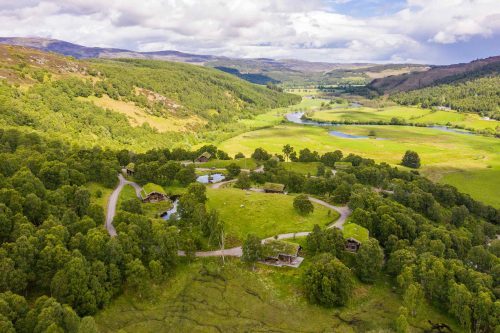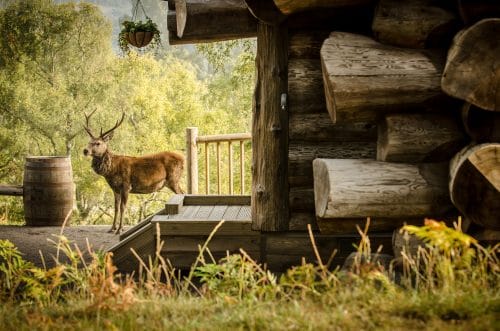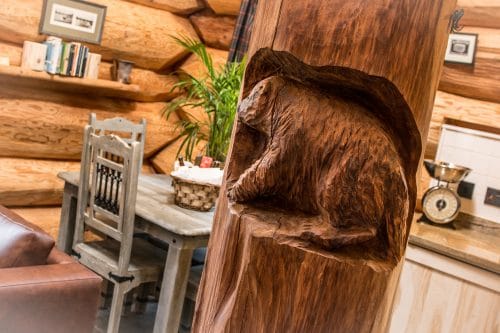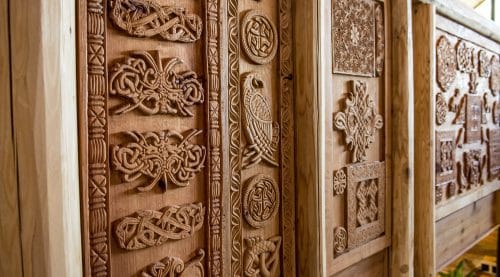Species of owls to spot at Eagle Brae
Scotland is home to a large variety of wildlife, including some of the most elusive and fascinating birds of prey in the world. Among these are the owls, a group of birds that have captured the imagination of people for centuries. From their silent flight to their haunting calls, owls symbolise mystery and wisdom. Let’s take a closer look at the different species of owls in Scotland and explore their unique characteristics.
The different species of owls in Scotland
Scotland is home to five species of owls: the Barn Owl, Tawny Owl, Short-eared owl, Long-eared owl, and the Snowy Owl. Each of these species has its own unique characteristics and make their homes in different parts of the country. In fact, at Eagle Brae, we are lucky enough to have Tawny Owls and several pairs of Barn Owls nesting nearby.
Barn Owl
The Barn Owl is perhaps the most well-known species of owl. With its distinctive heart-shaped face and pale plumage, it is easily recognisable. Barn Owls can be found in various habitats, including farmland, woodland, and grassland. There is a nest in an old concrete silo in a nearby village. And they can be seen hunting in the fields near the rivers Glass and Farrar.
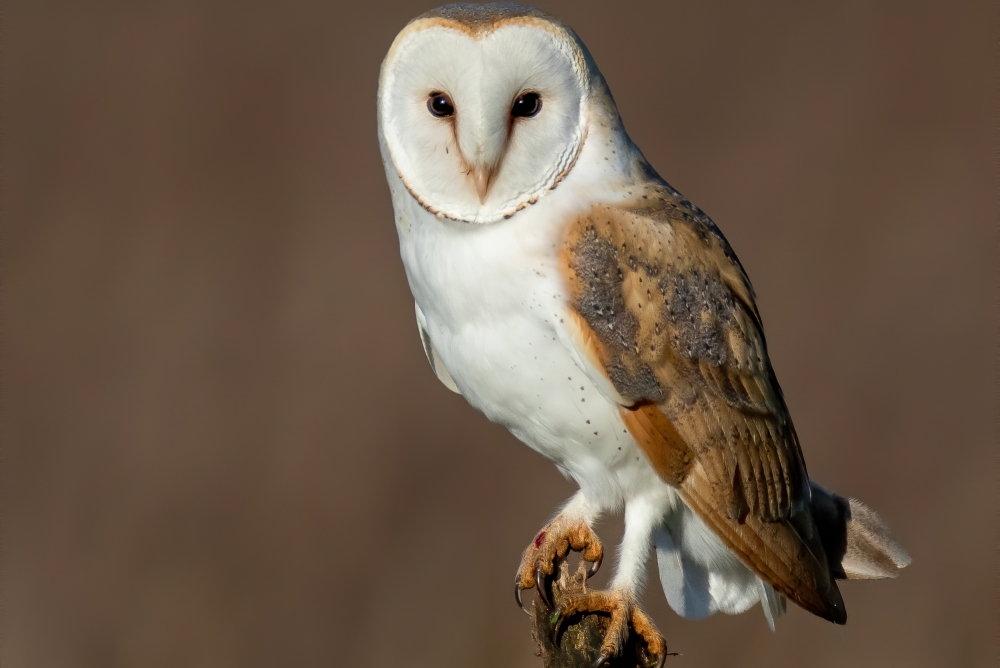
Tawny Owl
The Tawny Owl is another common species of owl in Scotland. It is slightly larger than the Barn Owl and has a reddish-brown plumage. Tawny Owls can be found in woodlands and parks throughout the country. Tawny Owls are seen and heard regularly around Eagle Brae. The scientific name for the Tawny Owl is Strix aluco. They are such beautiful birds that we named one of our log cabins after them!
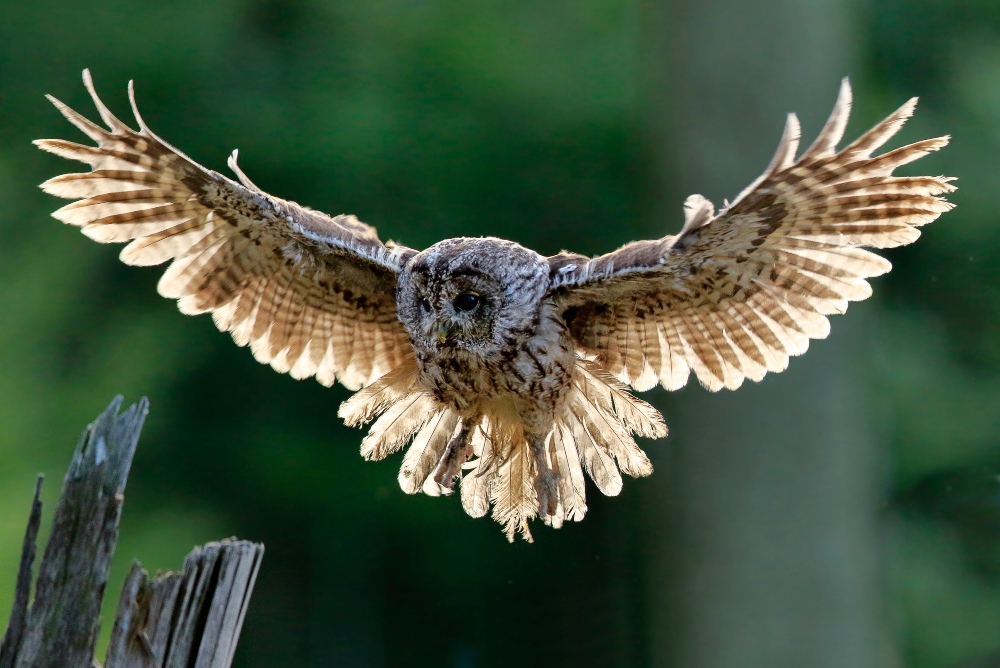
The Short-eared Owl
The Short-eared Owl is a medium-sized owl with distinctive yellow eyes and short, feathered ears. It is often found in open moorland and grassy areas and feeds mainly on small mammals such as voles and mice. Short-eared Owls are diurnal hunters, which means they hunt during the day as well as at night. They are also known for their distinctive flight pattern involving hovering over the ground before swooping down on their prey.
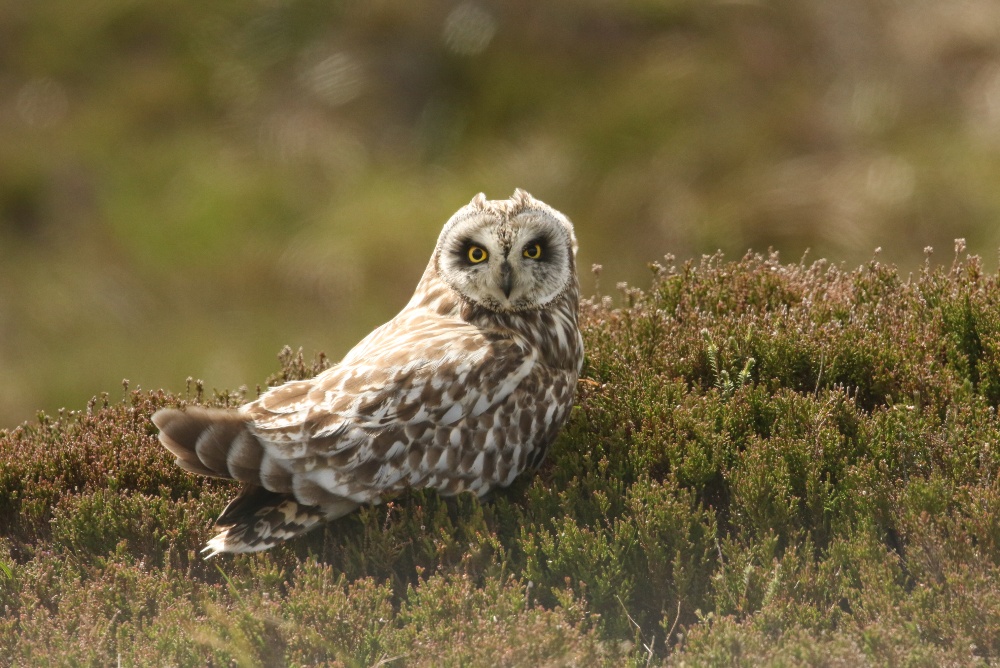
The Long-eared Owl
The Long-eared Owl is a medium-sized owl with long, feathered ears that give it a distinctive appearance. It is often found in woodland areas and feeds mainly on small mammals such as voles and mice. Long-eared Owls are nocturnal hunters and are often heard rather than seen. They have a distinctive call that sounds like a series of hoots.
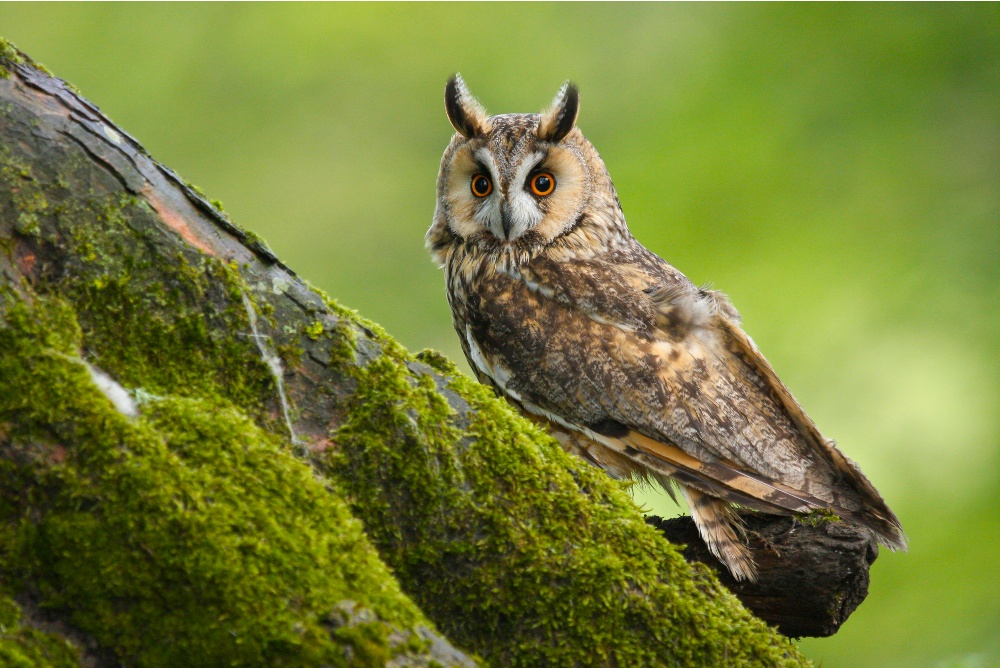
Snowy Owl
Finally, the snowy owl is a rare visitor to Scotland. It is a large, white owl that breeds in the Arctic regions of North America and Eurasia. Occasionally, Snowy Owls will migrate southwards and can be seen in Scotland during winter.
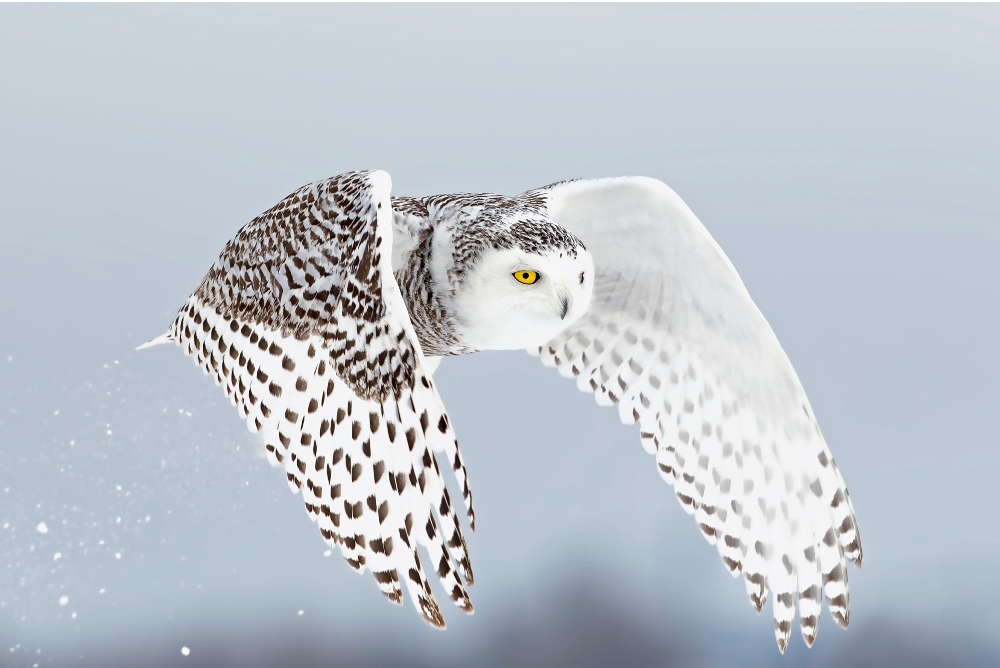
Fascinating creatures
Owls are fascinating creatures with a number of unique characteristics that set them apart from other birds. One of the most notable features of owls is their ability to fly silently. This is due to the special structure of their feathers, which allows them to muffle the sound of their wings as they fly.
Another unique characteristic of owls is their eyesight. Owls have large eyes that enable them to see in low-light conditions. They are also able to rotate their heads up to 270 degrees, allowing them to see in all directions without having to move their bodies.
Owls are also known for their distinctive calls and each species has a unique call, which is used to identify them. Some species, such as the tawny owl, have a distinctive “twit-twoo”.
The Role of Owls in Scotland’s Ecosystem
Owls play an important role in the ecosystem as predators. Because of this, they help control rodent populations and other small mammals, which can cause damage to crops and other vegetation. Owls help maintain a healthy ecosystem balance by keeping these populations in check.
In addition to their role as predators, owls also provide important cultural and spiritual significance for many people around the world. They are often symbols of wisdom and knowledge.
Conservation Efforts for Owls
A number of conservation efforts are in place across the UK to protect owls. These efforts include habitat restoration projects, nest box schemes, and education programs aimed at raising awareness about the importance of owls in the ecosystem.

One example of a successful conservation effort is the monitoring of owls by the British Owl Project. This project aims to monitor owl populations across the UK with sightings reported by the public and raise awareness about the importance of these birds.
How to Spot Owls in Scotland
If you want to see owls in Scotland, there are a few things you can do to increase your chances. Firstly, one of the best ways is to go on a guided walk with an experienced birdwatcher who knows where to look for these elusive birds. However, if you are heading out on your own, woodlands and grasslands are places that owls frequent. Look out for signs such as pellets (the regurgitated remains of prey) or feathers on the ground, indicating an owl is nearby.
Eagle Brae is a haven for owls and a plethora of other wildlife here in the Highlands of Scotland. We offer camera stalking activities, Black Grouse safaris, and many walking routes. So, if your goal, while you are staying with us, is to spot some of our local owls, we can tell you the best places to go to see them.









